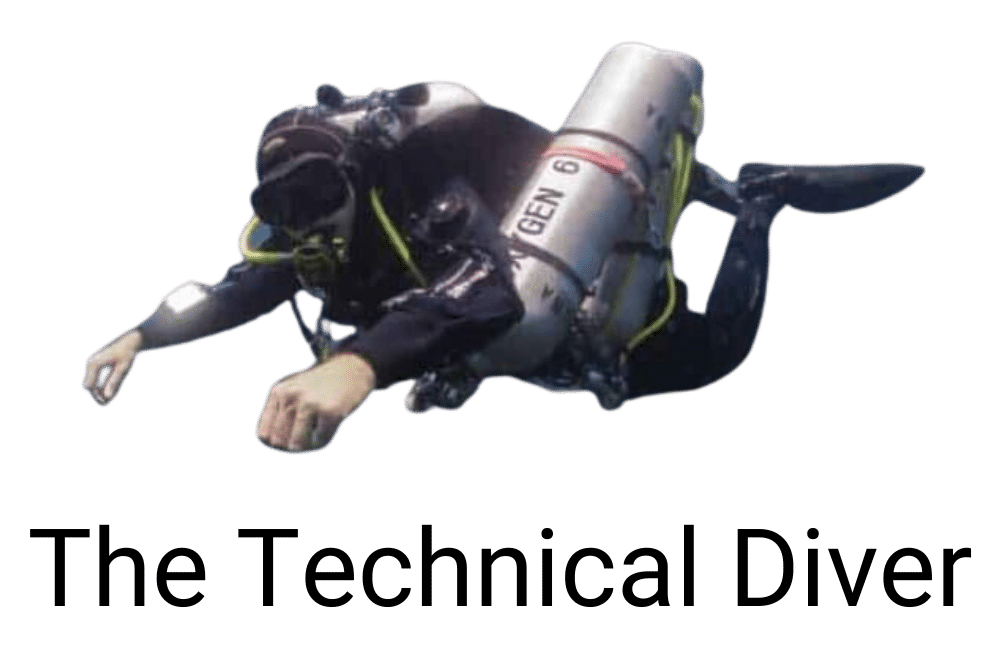What is technical diving?
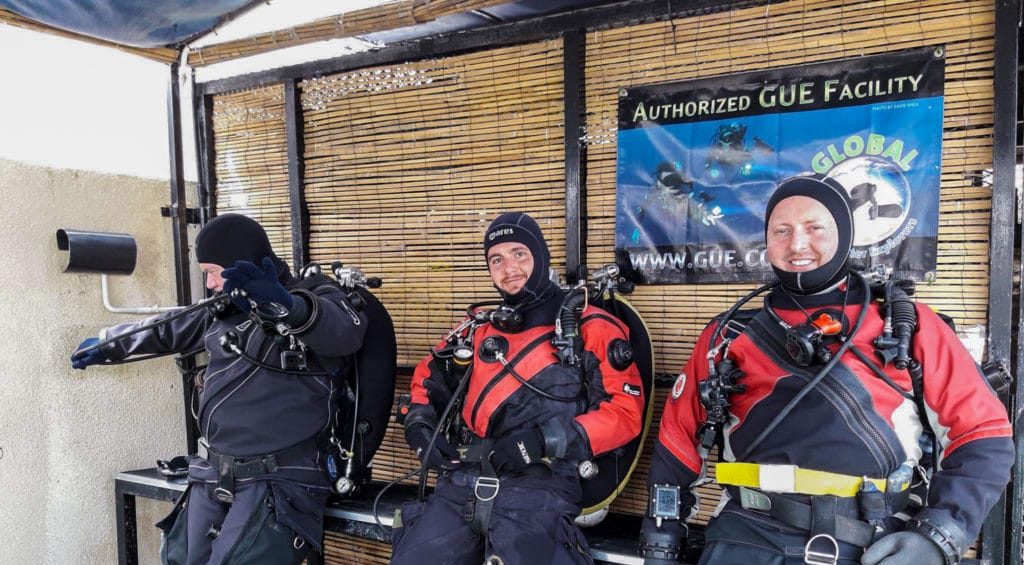
What is technical diving?
Advanced diving
Technical diving is an advanced form of scuba diving, that involves going into decompression, entering overhead environments, or diving deeper than 40m (130ft). This kind of diving carries elevated risks and usually includes the use of different gas mixtures such as trimix, and nitrox of 50% or more.
Equipment and Training
Technical dive training teaches the equipment, knowledge, and diving procedures to enable better decision-making so that those risks are managed as effectively as possible. It is not possible to eliminate risk. Instead, the aim is to learn to manage risk and prepare for failures.
When diving in any overhead environment, specific procedures and dive equipment are used to help tech divers to navigate and deal with any issues during a dive. For decompression diving, gases other than air are used to shorten decompression times, reduce gas density (enable easier breathing), lower narcosis, and manage problems associated with breathing oxygen at depth.
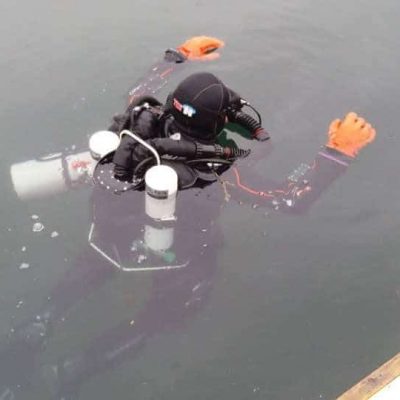
Who invented technical diving?
There are always people in any profession or hobby that want to go their own way, push the limits and take things apart to see how they work. These individuals modified standard equipment to suit the type of diving that they wanted to do. Sometimes it worked; a lot of the time it didn’t. Military diving applications aside, this kind of tinkering can be traced back to 1934 in the caves of the Mendip hills in the UK. Although this was pre-scuba, it was typical of what was to follow. Click here to watch cave diving story– a fascinating look at early cave diving in the UK.
Jacques Cousteau and his team
When we ask who the first tech divers were, Jacques Cousteau is a good early example. His team of divers joined two separate cylinders to maximise their gas, and regularly undertook deep dives to explore remote reefs and walls in previously un-dived locations all around the world. They famously rediscovered Chuuk Lagoon in Micronesia, and penetrated inside many of the wrecks there.
Allegedly a warehouse in Paris is full of ships bells, China, and who knows what else from the wrecks of Chuuk Lagoon.
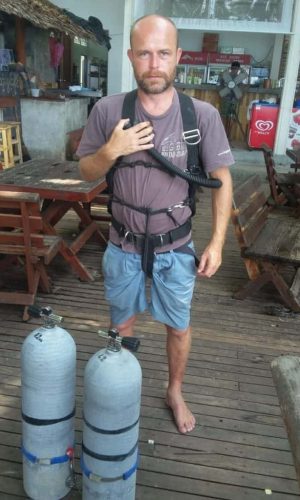
Tech diving pioneers
Divers who undertook deeper dives or entered underwater caves used equipment that was mostly homemade and highly customised. Neither were reliable, nor would be considered safe by today’s standards. There was no formal or structured training by any organisation; they didn’t exist, and there were no commonly accepted diving procedures in use. It was learning by doing, based on groups of people diving together and sharing ideas.
A few notable individuals paved the way in this regard, Hannes Keller, Sheck Exley and William Hogarth Main are perhaps the most well-known of these. The results of Keller’s collaboration with Professor Albert Bühlmann were kept a closely guarded secret for many years. Exley and Mains’ contributions were to devise and test (themselves) the procedures and equipment for cave diving as we know it today. These, and countless others laid the foundations of a sport that’s now enjoyed all around the world.
“AquaCORPS” diving magazine
As word got around in the 1980s and 90s, more divers began to undertake decompression dives, cave dives, or deep dives using mixed gas. Credit for the name technical diving is given to Michael Menduno, who ran a diving newsletter called “AquaCORPS”. An article written by Bill Stone in AquaCORPS mentioned “Hi-tech” diving. Soon afterwards, AquaCORPS was regularly describing decompression and mixed gas dives as technical diving.
In the early 90s, the first technical training agencies were born; the International Association of Nitrox and Technical Divers (IANTD) and Technical Diving International (TDI). This was largely a result of individuals branching off from mainstream organisations in order to have the freedom to achieve their aims. The sport as we know it today grew from there. Today, the major training agencies offer courses for every kind of technical diving activity, all the way up to instructor trainer, trainer (no that wasn’t a typo).
Why do we tech dive?
How long have you got? There are many reasons. Having more gas is as good a reason as any, as is having the option of longer bottom times that decompression diving allows. Divers use tech diving as a tool for exploration, such as in cave diving. Scientific divers are increasingly using rebreathers to catalogue new species of fish in deeper parts of the ocean, and underwater archaeology utilises tech diving to maximise underwater survey times.
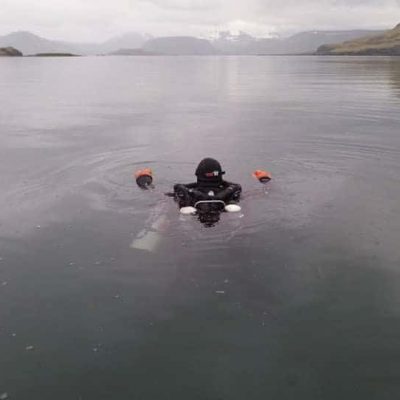
Is technical diving dangerous?
Like anything else, it can be. It depends on what you want to do. Diving to 100m (330ft) used to be considered at the extreme end of things. I wouldn’t say that such dives are routine today, but diving procedures and equipment have made 100m dives much more accessible than 20 years ago. Such activities are still not to be taken lightly, but increases in our understanding of physiology, deco theory, the reliability of equipment and increased functionality of dive computers have arguably made deeper diving safer.
Risk management
As previously mentioned, it’s all about managing risk, which is a very comprehensive thing to do as there are so many variables. This is why good quality technical dive training is essential. You need to understand how to do these dives in terms of planning and execution. You also need to be able to execute emergency procedures in case things go wrong- comfortably, and when under pressure (so-called task-loading).
Who you dive with, and how you dive together are also incredibly important. Lastly, equipment is critical. It’s life support equipment after all. There are really just some o-rings between you and certain oblivion, so equipment must be well maintained, high-performance, and optimised for the dive you will be doing. For example, don’t take everything you own on every dive. Just take what you need for a given dive, plus whatever else you need for backup.
How do I start tech diving?
Training courses don’t throw everything at you at once, they are very incremental. You may decide to do a sidemount course and that’s you done. There’s nothing wrong with that at all. But if you do like tech diving and want to take it further, there are numerous steps you can take. Each course builds upon the previous one. So don’t for one minute think it sounds too daunting, it’s not.
Any qualified diver with around 25 dives can in theory learn to tech dive. Diver competence can vary greatly in this regard; some divers are ready to put a twinset on after 25 dives. Most, however, are not. I would say that anyone with 50 to 100 hours underwater will find the transition to technical diving much easier.
Entry-level tech diving courses
Entry-level courses such as sidemount and Intro to Tech teach the foundations that you will draw from in every subsequent course that you do. Don’t worry too much about which agency to choose, ensure you pick an instructor that cares about providing high-quality training, and learn a bit about what high-quality training entails so that you’re not hooked into a great sales pitch. Remember, there are CCR instructors out there who have been tech divers for less than 3 years!
Finding a tech instructor
Choose your instructor very carefully, and don’t necessarily go for the cheapest course. A higher-priced course can be a good sign (within reason of course). You are paying for the instructor’s time and expertise. Cheaper courses are usually a sign of minimal training. Ask yourself how it’s so cheap- what might they be excluding? Often it’s a lot. Unfortunately, as a beginner, you don’t know what you don’t know. It’ll only be after the course when you meet other divers of the same level that received good training, that you’ll realise that you didn’t get what you should have.
Where can I go tech diving?
Pretty much anywhere there is water you can tech dive. There are established places to go and dive- wrecks, caves etc, and there are many unexplored parts of the ocean. It’s a pretty big place out there!
In terms of popular spots, Florida, Mexico, and France are known for good for cave diving. But there are so many other places that are equally amazing. If you’re into wrecks, the British Isles has thousands. In particular, Scapa Flow in Scotland has a lot of WWI and WWII wrecks. Norway has some good wreck diving, and Croatia is becoming increasingly popular.
Wrecks, caves, or deep diving?
Malta and Norway have a lot of WWII wrecks. The Great Lakes in the US have old but remarkably well-preserved wooden wrecks. Truk Lagoon is the mecca for wreck divers. It’s got the highest concentration of wrecks in the world.
For decompression diving, pretty much anywhere is good. Egypt is popular for deeper dives, as are the Philippines, Indonesia, the Cayman Islands and the US Virgin Islands. For caves, Florida and Mexico are the more popular locations, but there are caves all around the world; Hungary, France, Spain, Australia, Russia, Norway, Thailand, Indonesia…. everywhere.
I hope that provided a bit of a technical diving introduction. Look at the rest of this website for more info, and feel free to contact me with any questions.
